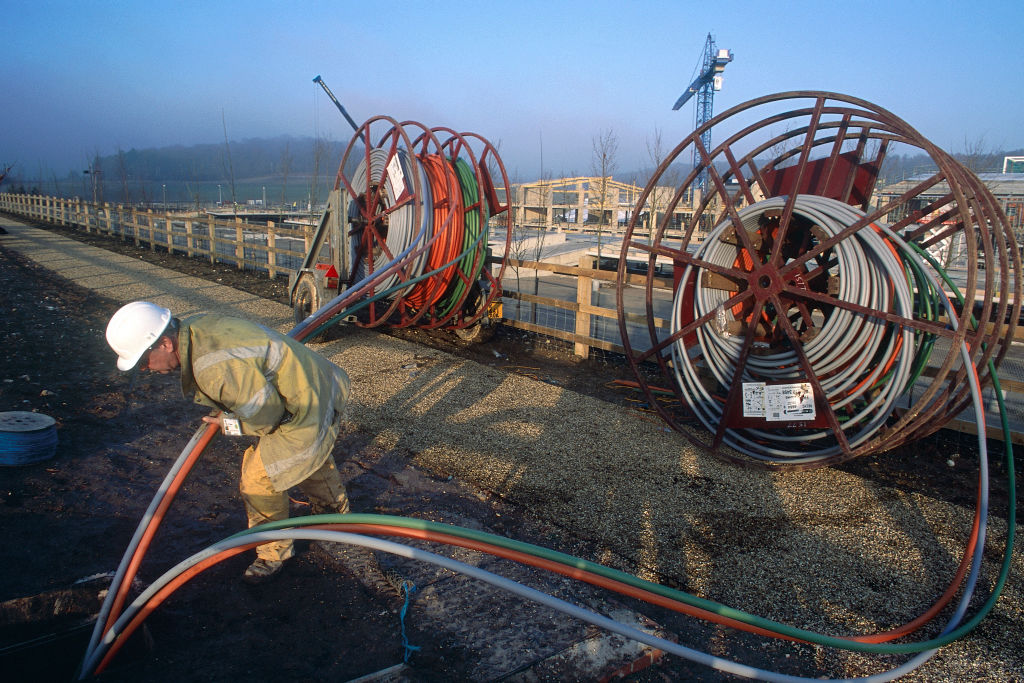EU on track for full 5G and fibre coverage by 2030
According to the data, 5G and fibre coverage increased by 5.6% and 8.1%, respectively, between 2023 and 2024.

The EU is on track to meet its ambitious targets for full coverage of next-generation high-speed connectivity—specifically in 5G and fibre—according to new data released by the European Commission on 16 June.
Until recently, there had been widespread concern that the EU was falling behind its 2030 digital infrastructure goals. However, the latest figures suggest those targets are now within reach – bolstering arguments for keeping the current regulatory framework on telecommunications.
According to the data, 5G and fibre coverage increased by 5.6% and 8.1%, respectively, between 2023 and 2024.
At this growth rate, 5G coverage is projected to reach full EU-wide deployment by 2027 –three years ahead of the deadline – while fibre rollout is on track to meet the 2030 deadline.
As controversy surrounds the Commission’s 5G coverage indicator, major telecom operators have criticised the metric for primarily reflecting what they describe as “enhanced 4G,” rather than true 5G. They have called for a more accurate measure of next-generation mobile connectivity.
In response, the Commission has begun including an additional, unofficial indicator tracking coverage in the 3.4–3.8 GHz spectrum band, which is considered as more reliable benchmark for 5G performance. Coverage in this band has risen rapidly – by 33% year-on-year – from 51% in 2023 to 67.7% in 2024. At the current pace, it could reach full coverage as early as 2026.
The good, the bad, and the unclear
The Commission’s report also sheds light on the EU’s broader digital transformation.
Digital adoption among small and medium-sized enterprises (SMEs) has reached 80% of the 2030 target, though the pace of progress remains slow, raising concerns about whether the goal will be achieved on time. Meanwhile, uptake of cloud services, data analytics, and artificial intelligence remains low. However, figures for cloud and data analytics are either outdated or not directly comparable to previous years, making it difficult to assess true progress.
On a more positive note, development in emerging technologies such as quantum computing and edge nodes – small-scale data centres – is advancing rapidly. While promising, these technologies are still in early stages, making it premature to draw firm conclusions about their long-term impact.
The EU continues to perform strongly in the area of digital public services, with notable progress in services for citizens and businesses, electronic health records, and digital identity systems.
(aw)









